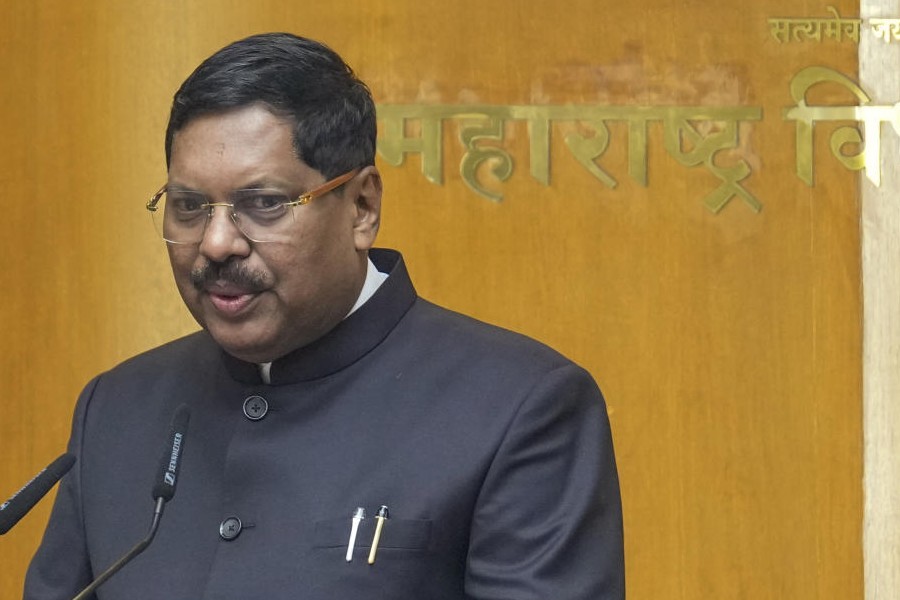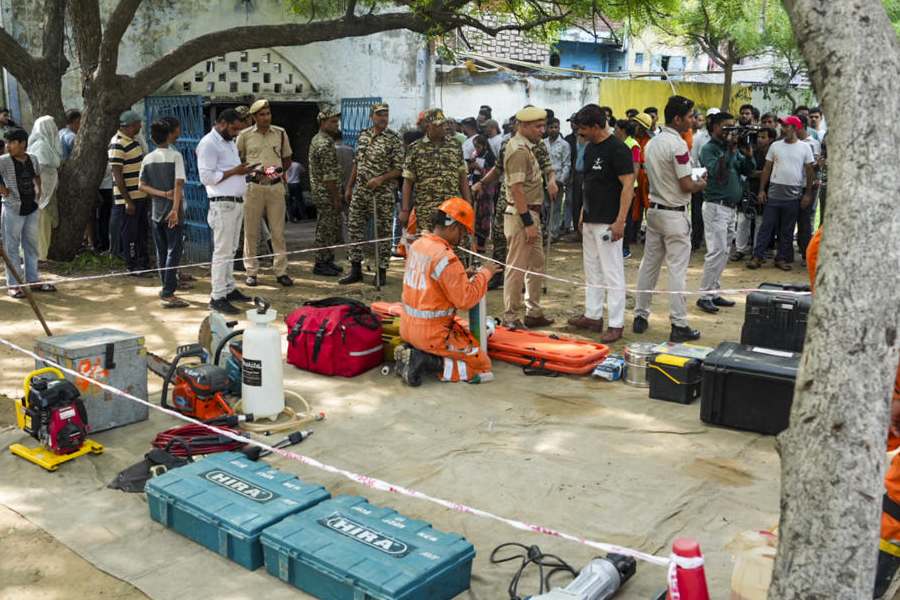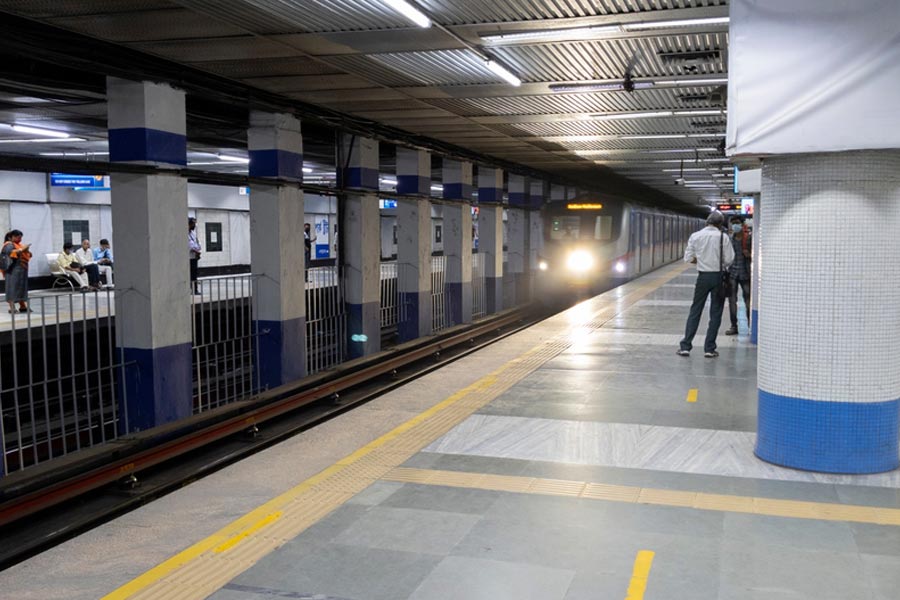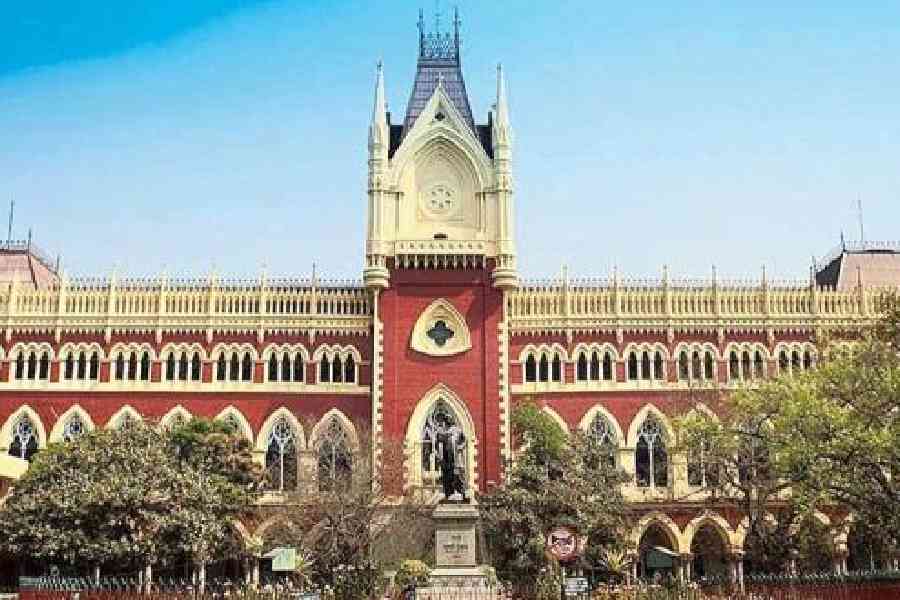|
|
| Race to the finish |
Globalization is another name for integration with the global economy. It should ideally provide opportunities to buy and sell goods, services, capital, labour and technology at the best possible terms in the global market. Since the global market is bigger than national markets, naturally, globalization offers more opportunities. But almost a decade after it embarked on economic liberalization, it is time to evaluate India’s experience of it.
Of course, the real scenario is very different from the ideal. Various restrictions still exist on international trade in goods, the migration of labour and the transfer of technology, even in the most advanced countries of the so-called “free world”. Moreover, along with opportunities, integration with the global economy also has its risks. A country integrated into the global economy would be open to shocks like recession, inflation, changes in exchange rates and interest rates, which may have originated in other countries but over which it has little control.
Globalization would also imply that a country would have to accept the international rules of the game as specified in the World Trade Organization agreement, for instance. This means some loss of autonomy over national policy-making. But, the flip-side is that it also imposes certain disciplines on countries’ economic policies which otherwise would not have been possible. So, one cannot argue that globalization would necessarily benefit all countries.
What about India? Does the available evidence suggest that India has benefited, on balance, from globalization, which it has consciously pursued since 1991?
In the beginning, the biggest fear was that with the removal of import restrictions, our foreign exchange reserves would vanish in no time. Exactly the opposite has happened. We now have in our kitty more than $ 65 billion of foreign exchange which can finance more than 12 months of imports. In contrast, in 1991 we had reserves worth barely 2 weeks of imports. The government is now even allowing local Indians to hold foreign exchange accounts in India, which is merely one more step towards full capital account convertibility. For the first time since independence, India has a current account surplus of $ 1.3 billion, on top of a capital account surplus of $ 9.5 billion in 2001-02. This is, indeed, the biggest surprise and possibly the most significant achievement of globalization.
Next, the gain to consumers. Previously, only the rich and well-connected Indians could get foreign goodies from trips abroad or from the smugglers’ markets. Now, a greater variety of quality goods, especially white goods, are legally available at lower prices to a bigger number of people. Call it consumerism or what you will, but in this age of an information and communication boom, this has to be regarded as an important component of economic progress.
One of the main factors which led to the breakdown of the socialist economies was that people could no longer be insulated as a result of the information revolution. They became aware of the standards of living enjoyed by the common people across the border in the capitalist world like West Germany or Hong Kong. Of course, the present generation of Russians or Chinese does not appreciate the big improvement in living standards relative to the situation before the communist revolution. Their standard of reference is the present Western capitalist world. The same is true of Indian youth.
What has been the impact of globalization on Indian business? Import duties have come down gradually since 1991. But not a single industry in India has been wiped out because of foreign competition. Of course, some companies have gone bankrupt or have been taken over by more efficient firms. This is what should happen in a more competitive setting.
Several points need to be noted here. First, along with the gradual reduction in import duties, there has been a steady depreciation of the Indian rupee. For example, a dollar’s worth of imports used to cost Rs 15 in 1991. Now, the same one dollar of import costs Rs 49. This means that an Indian producer of a similar product can charge up to Rs 49 today whereas he could charge only Rs 15 in 1991. This is equivalent to more than 300 per cent protection from imports relative to 1991. In many cases this additional exchange rate protection has been more than the reduction in import duties.
Second, all industries do not suffer when import duties come down. For example, a reduction in import duty on steel would hurt Indian steel producers but would benefit industries such as automobile or appliances that use steel as an input. Third, the Indian market is not a homegeneous market. It consists of people with widely varying income levels and tastes. Here, both Sony and Santosh can sell audio systems, provided the prices are right.
Today, mere foreign ownership of companies or foreign brands can no longer guarantee success. For example, Philips, Siemens, Bata, Glaxo and Daewoo Motors have not done so well in the post-liberalization period. On the other hand, BPL, Videocon, Khadim, Ranbaxy and Telco’s Indica have performed creditably. Ranbaxy sells more drugs in the United States of America than in India. Many Indian industrialists, long used to protection from competition, faced initial difficulties. But many of them have learnt to compete with the best in the world.
For instance, Bajaj has worked out a collaboration with Kawasaki to face the challenge posed by Hero Honda to its two-wheeler business. Telco’s new car, Indica, is giving a fight to established foreign car-makers like Ford, General Motors or Hyundai in India. By and large, the Indian business community has come out of its old mindset and has learnt to walk without relying on the crutches of the government.
But, what about the poor? According to planning commission statistics, the number of people below the poverty line has come down from 36 per cent in 1993 to 26 per cent in 1999. Real wages per head during 1993-99 rose by 2.5 per cent a year in rural areas and by 2.7 per cent in the cities. The only dark spot is in the employment generation area. The average annual growth rate of total employment in the organized industrial sector has slowed down from 1.2 per cent during 1983-94 to 0.53 per cent over 1994-2000.
But one should also note that this is due to the negative growth rate of jobs in the public sector. In fact, the growth rate of employment in the organized private sector has experienced a major jump from 0.45 per cent during 1983-94 to 1.87 per cent during 1994-2000. In other words, the employment picture reflects the deliberate government policy of cutting down jobs in the public sector along with market-driven growth in the private sector.
China is often mentioned as a successful globalizer. China’s share of world trade is nearly five times that of India. China attracts foreign investment about 20 times more than India. But the percentage of people living on less than a dollar a day was 44 per cent in India compared to only 18 per cent in China in 1999.
All considered, it would not be wrong to suggest that India’s problem today is not too much globalization, but too little. We have too little foreign trade and foreign investment, compared to our potential. Why? Because we lack the necessary physical and social infrastructure. If we took care to suit agricultural production to international prices, we would have produced (and exported) more fruits, vegetables and flowers than foodgrains, which are anyway rotting in the godowns of the Food Corporation of India.
We can not do it because of the poor state of our roads, ports, transportation, storage, refrigeration, packaging and handling facilities. Chinese wages are comparable to India’s but labour productivity and discipline are much superior, giving them a clear cost advantage. The Chinese bureaucracy also works much faster than ours. No wonder even Indian businessmen are setting up factories in China to manufacture products for export to other countries, including India.
Of course, globalization is not the panacea to all our problems. But it is a part of the solution, not a part of the problem. Globalization needs to be combined with an efficient and reoriented state, a fast-moving bureaucracy and judicial system and a social safety net. Only then will we be able to make full use of global opportunities with the majority of people sharing the benefits.












